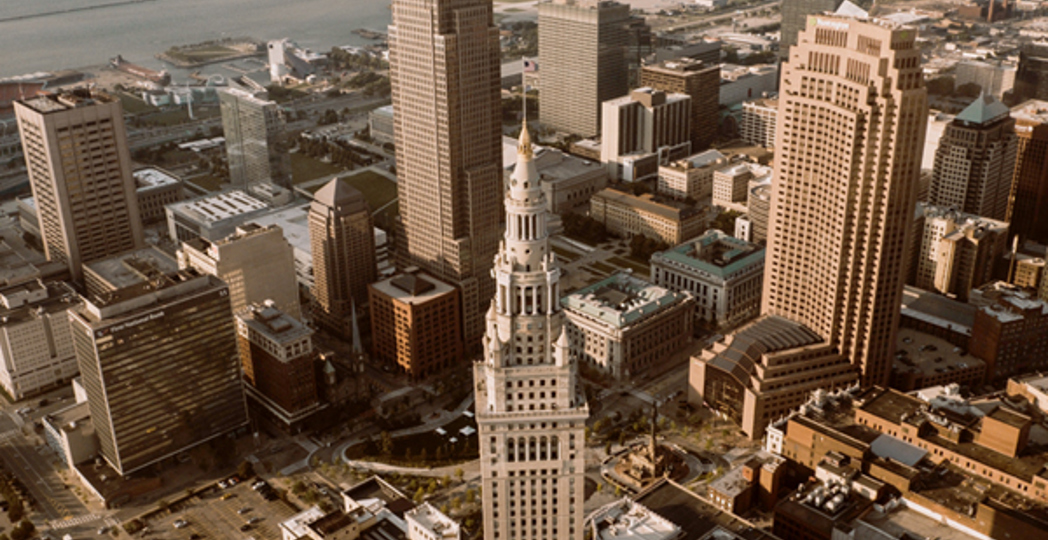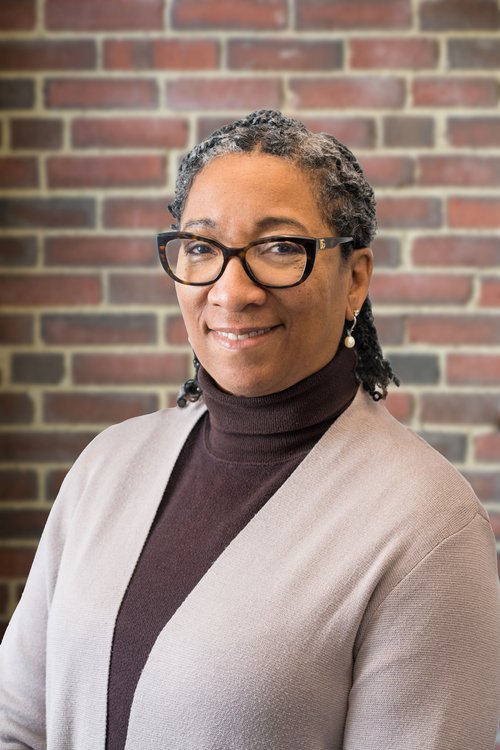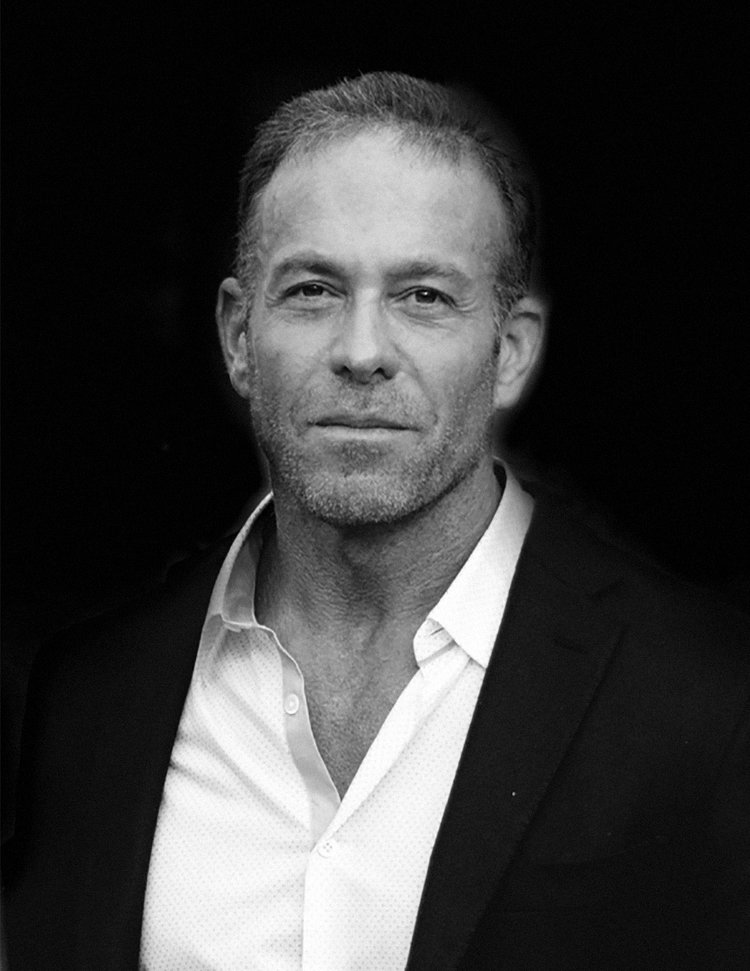Forest City: The End of an Era
by Lee Fisher | Feb. 1, 2019 | 5:00 AM

Our fingerprints don’t fade from the lives we touch.” — Judy Blume
When the history of Cleveland is written, which company once, but no longer, headquartered in Cleveland, will be considered to have contributed the most to Greater Cleveland’s social, cultural and economic growth?
Strong arguments can be made for many of them — Clevite, Harris Corporation, LTV, MBNA, Premier Industrial, Sealy Mattress, Standard Oil of Ohio/BP America, TRW, Warner & Swasey, White Consolidated, White Motor and many more.
In my view, Forest City towers above the others. On Dec. 7, 2018, Forest City Realty Trust was acquired by Brookfield Asset Management, ending a remarkable era of Forest City’s historic impact on Northeast Ohio that likely will never be matched. As Mayor Frank Jackson noted, “Cleveland would not be what and who we are today without the Ratner and Miller families and Forest City.”
In 1921, just one year after immigrating from Bialystok, Russia (now Poland), Charlie Ratner started a lumber business, Forest City Material, at 3852 East 93rd, near Harvard Avenue. In 1924 Charlie helped his brother Leonard establish another lumber yard called Buckeye Material at 17903 St. Clair Ave. In 1925, the youngest brother, Max, joined his brothers in the business and went to Cleveland-Marshall Law School at night. After he graduated, Forest City Material and Buckeye Material were combined.
Thus began nearly a century of unparalleled corporate success and community leadership and philanthropy.
In 1960 the Ratner family consolidated its interests in lumber, building materials and commercial properties into a new firm, Forest City Enterprises, with Leonard Ratner as chairman and Max Ratner as president. Albert Ratner, Leonard’s son, became president in 1973, when Max became chairmanship and Leonard became founder-chairman. Charles Ratner, Max’s oldest son, became CEO in 1995.
In 1980 Forest City acquired Cleveland's historic Terminal Tower, and, under the leadership of Albert Ratner’s sister, Ruth Ratner Miller, Forest City spent $400 million transforming Terminal Tower into a 3-million-square-foot, multiuse urban renewal redevelopment featuring hotels, a mall and offices known as Tower City Center, opening in 1990. In 1997 the company moved its national headquarters into the complex, becoming a cornerstone of the city’s rebirth.
Forest City grew to be a $8.6 billion company NYSE-listed national real estate company with a national real estate portfolio throughout the country, including Cleveland, Boston, New York City, San Francisco, Los Angeles, Washington, D.C./Baltimore, Denver and Dallas. Forest City was courted but stayed loyal to its home city.
When I served as president and CEO of CEOs for Cities and traveled to over 50 cities, Forest City was often heralded as the premier urban placemaker in the nation. Its projects included retail centers, office buildings, apartment communities and iconic, large scale urban developments such as University Park at MIT, the Stapleton project in Denver and the Times Square headquarters of the New York Times.
These projects were considered the national models of innovative, sustainable commercial, residential and mixed-use real estate development. Forest City was named as one of the top-performing companies in the world for demonstrating progress in energy efficiency, and was the second U.S.-based real estate investment trust (REIT) to establish greenhouse gas (GHG) reduction goals approved by the Science Based Targets initiative.
The idea of community was a powerful tradition among the Ratner, Miller and Shafran families. The family’s legacy of philanthropy began in the world of Jewish Poland where they were taught by their parents the Biblical injunction to protect and care for the poor and indigent.
Forest City provided several million dollars of support annually to organizations ranging from United Way, the Cleveland Metropolitan School System, major arts, health care and educational institutions, to smaller neighborhood organizations and social service agencies.
Forest City was one of the first major companies in Cleveland to create a paid national day of service for its associates. The brainchild of then-CEO Chuck Ratner and Allan Krulak, Community Day became an annual tradition. Each year, associates from around the country would come together to help nonprofits.
The community leadership of Ruth Ratner Miller, Albert Ratner, Sam Miller, Nate Shafran, Chuck, Jim and Ron Ratner was legendary, touching virtually almost every aspect of Cleveland’s business, cultural, religious and social fabric. To this day, Albert, and Max’s sons, Chuck, Jim and Ron play major leadership roles in Cleveland’s public, private and nonprofit sectors. One or more members of the Ratner family have been included in Cleveland Magazine’s Community Leader “Power 100” every year since its inception. No other Cleveland family can say that.
We owe an eternal debt of gratitude to Forest City and the Ratner, Miller and Shafran families. They laid the foundation for Cleveland’s continuing renaissance. Forest City’ fingerprints on Greater Cleveland will never fade.
Lee Fisher is dean of Cleveland-Marshall College of Law at Cleveland State University. He is also senior fellow at the CSU Levin College of Urban Affairs and urban scholar at the College of Urban Planning and Public Affairs and the Great Cities Institute, University of Illinois at Chicago. He is the former Ohio Attorney General, Lt. Governor, director of the Ohio Department of Development, chair of the Ohio Third Frontier Commission, president and CEO of the Center for Families and Children, president and CEO of CEOs for Cities, state representative and state Senator. During the time he served as Ohio Lt. Governor and director of development, Ohio won the nation’s highest state economic-development award and Site Selection magazine’s Governor’s Cup, three consecutive years.
Trending
-
1
-
2
-
3
-
4
-
5










